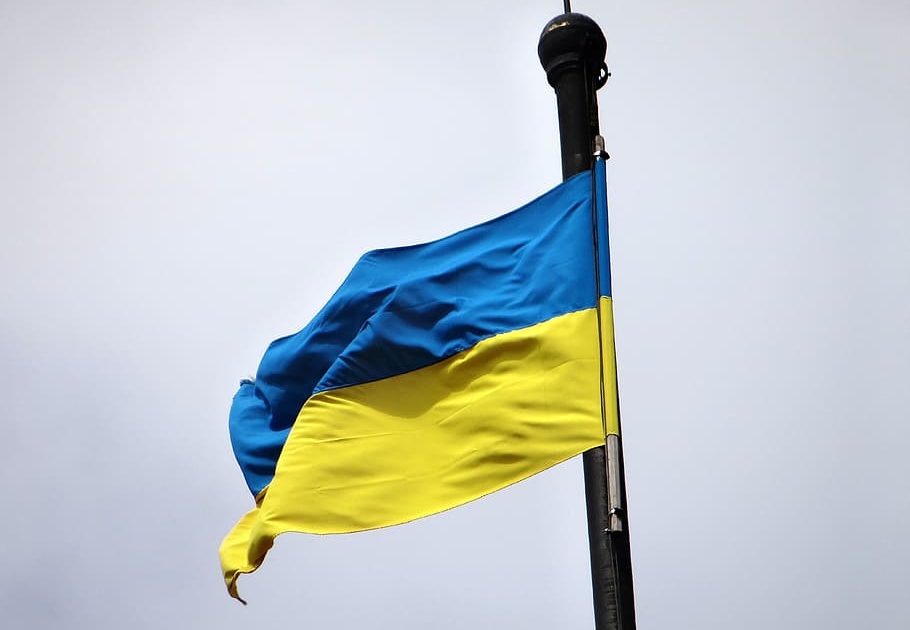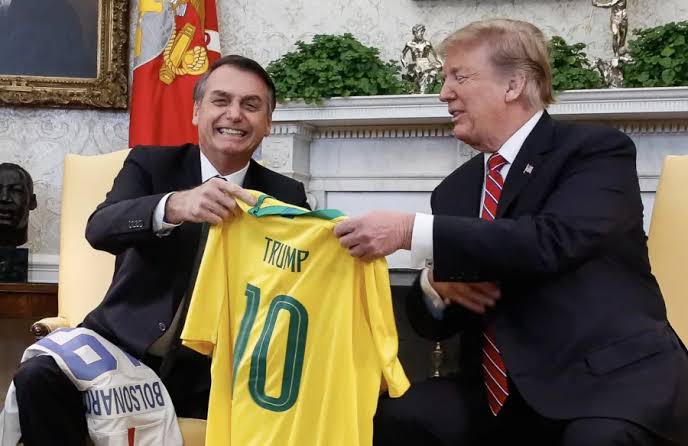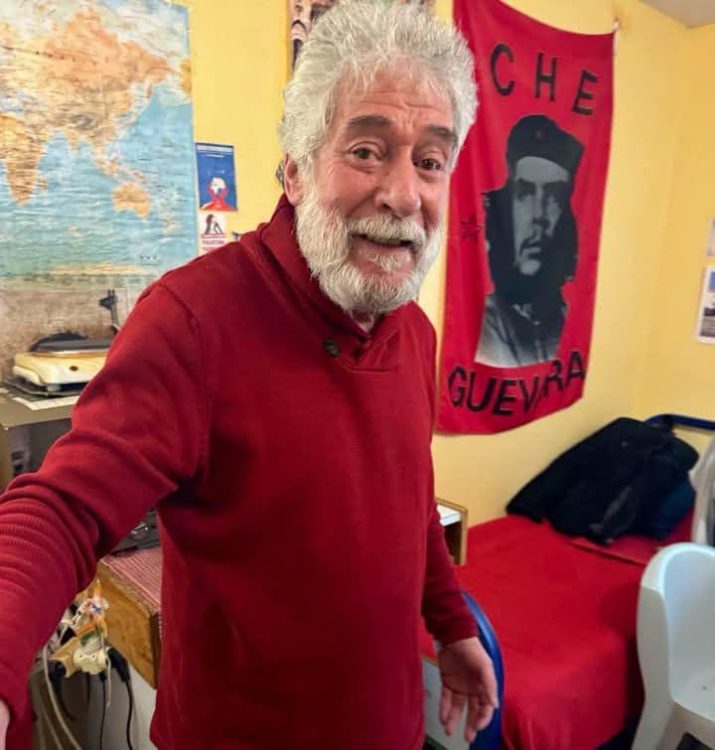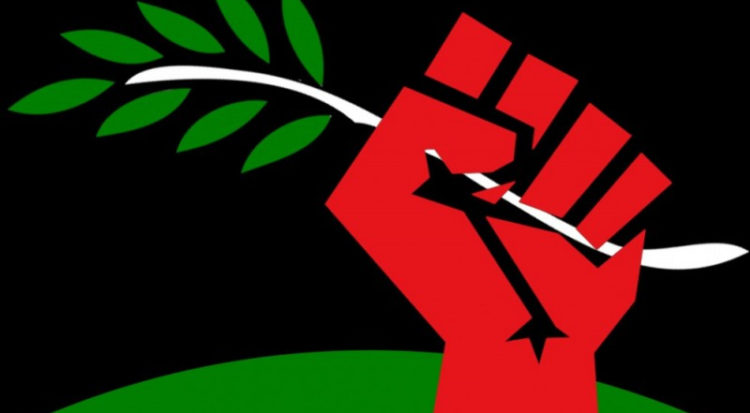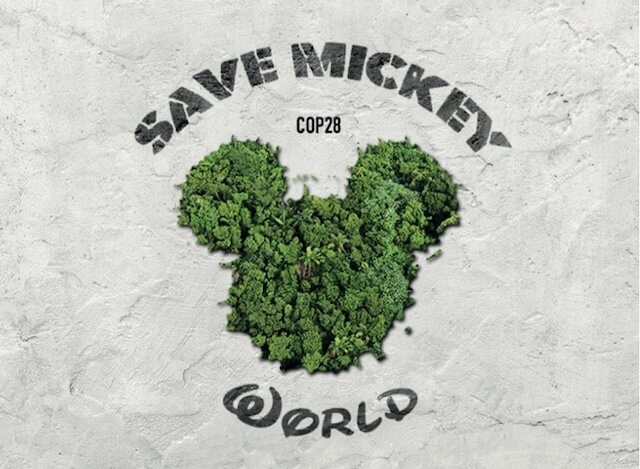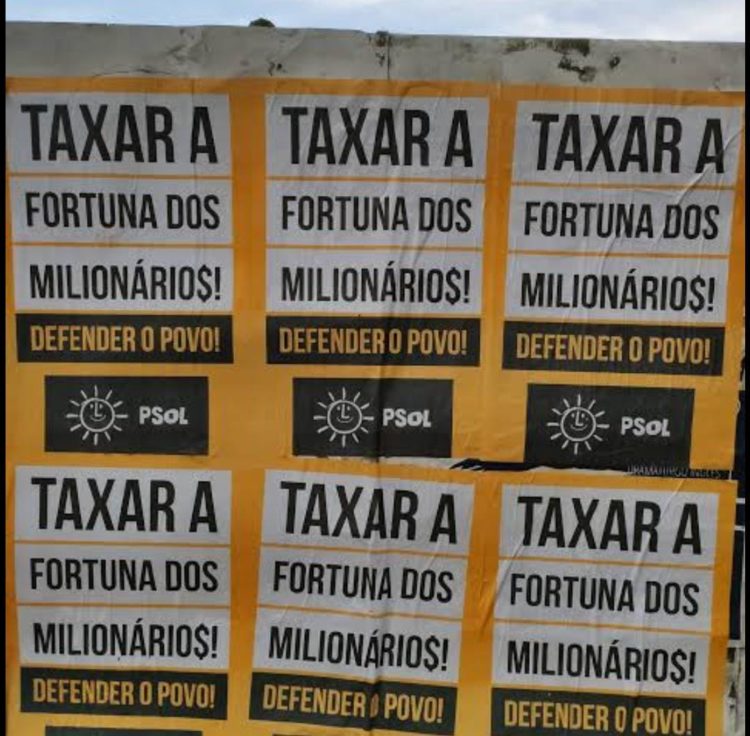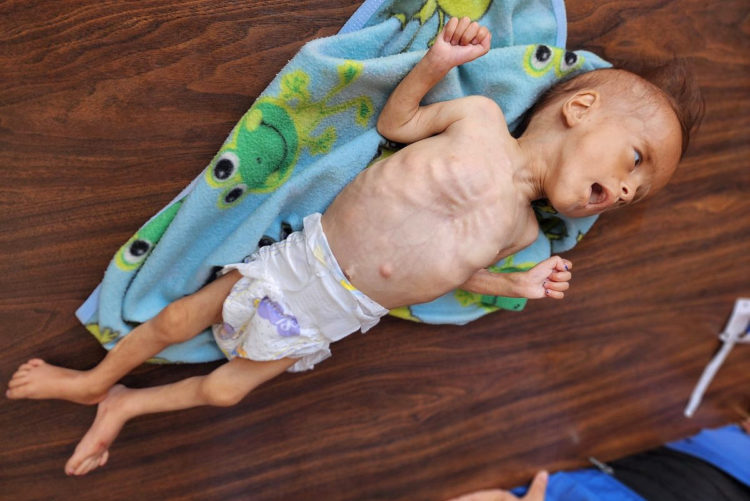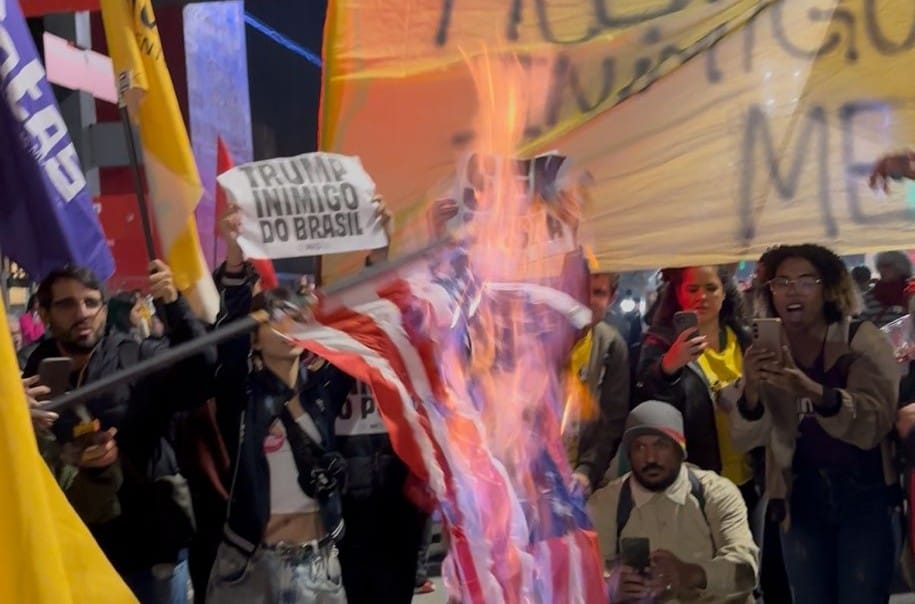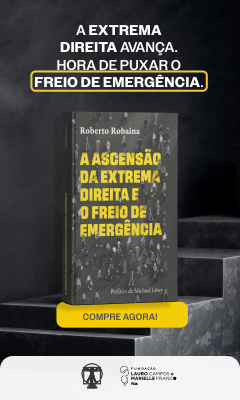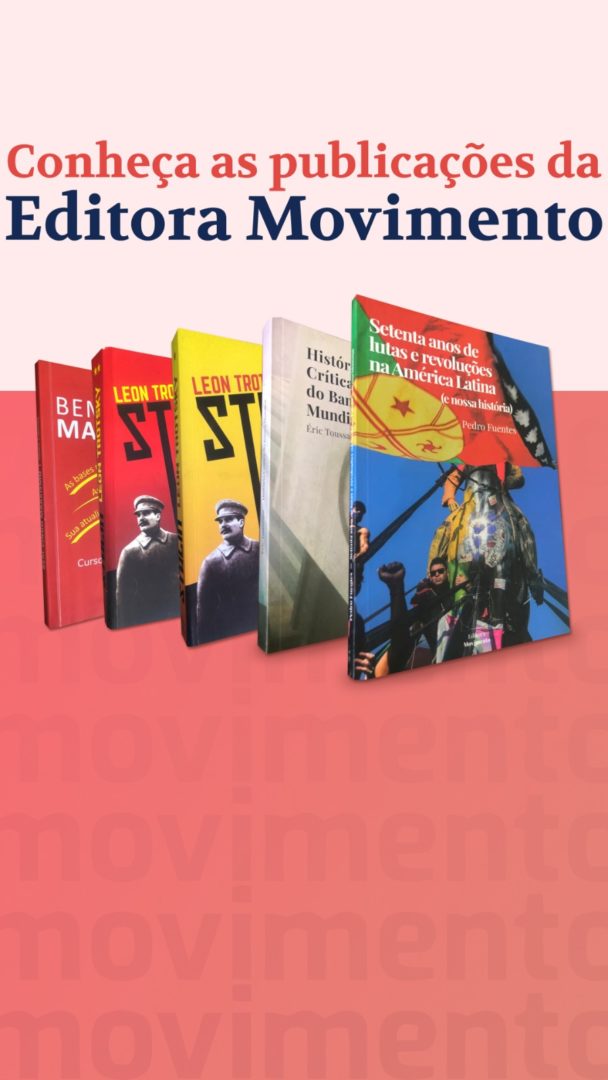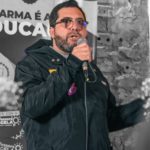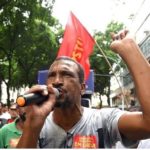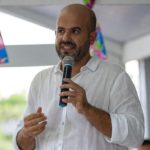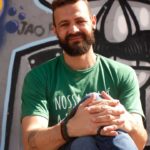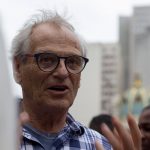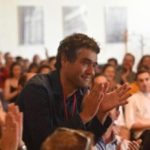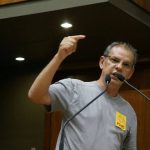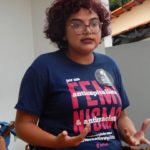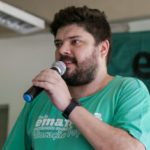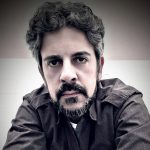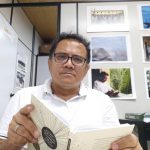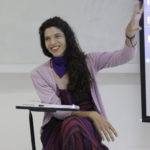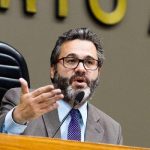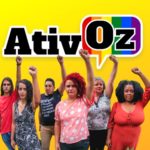The two faces of Ukraine’s far-right
Putin’s propaganda shows Ukraine as a fascist state. In the West, the Ukrainian extreme right is usually neglected. Here Adrien Nonjon paints a realistic portrait of a phenomenon that despite remaining “marginal,” is trying to be “the new point of convergence and departure for a pan-European national revolution”.
Via The Conversation
Despite an increase in activity at the time of the Maidan Square Revolution in 2014 and the war in Donbass, the Ukrainian far right remains a marginal and, above all, deeply divided phenomenon.
In fact, two diametrically opposed nationalist discourses confront each other within this movement. One, “historical,” “Western” and “intraverted” is embodied by parties such as Svoboda and Right Sector; the other, “neo-nationalist,” “Eastern” and “extraverted” is represented by the Azov movement.
To understand this dichotomy, one must place it in its context and detail the ideologies and political traditions from which it springs.
Galician nationalism: the original movement and the rejection of the USSR
The so-called “historical” Ukrainian nationalism finds its origins in different organizations such as the Congress of Ukrainian Nationalists (KUN, a national democratic party founded in 1992 and run by the second generation of emigres in Germany and the Anglo-Saxon world) and its paramilitary formation Tryzub. It is a movement currently dominated by the Pan-Ukrainian Union “Svoboda” (Freedom), a political organization formerly known by the name Ukrainian Social-Nationalist Party (SNPU).
Officially born on October 13, 1991 in Lviv through the merger of different nationalist organizations, this movement is schematically speaking part of the nationalist and paramilitary traditions of western Ukraine, particularly in Gallic. It was in this region, dominated from 1772 to 1918 by the Austro-Hungarians, then from 1918 to 1939 by the Poles, that the first ideas defending Ukraine’s specificity and, above all, its right to exist as a sovereign and independent nation (link is external), developed from the 19th century on.
Birthplace of a proto-nationalist culture, Galicia witnessed, in the period between the two world wars (Ukraine having been united with the USSR since its creation in 1922), the development of several underground political movements, one of the most important being the Organization of Ukrainian Nationalists (OUN) and its armed wing, the Ukrainian Insurrectionary Army (UPA). Led by Ukrainian nationalists of Gallic origin, such as Roman Choukhevytch and Stepan Bandera, known as those responsible for the Volhynie massacres (1942-1944), this guerrilla movement would attempt to lay the foundations of a new state, independent of the Stalinist yoke.
At the beginning of World War II, the OUN and the UPA, with a force of 200,000 men, will favor a circumstantial collaboration with Nazi Germany; they will then turn against the occupier who refuses the creation of an independent state, before finally being defeated by the USSR.
Because of their struggle for independence and their radical ideology animated by a desire for a total break with the USSR, these Gallic movements evidently influenced the ideology and stance of the ultra-nationalists after 1991. They also benefited from the Ukrainian left’s inability to rid itself of the negative connotations linked to the Soviet past.
A radical response to the 1991 earthquake aimed at achieving Ukraine’s definitive emergence from Russian dependence, the ideology of the SNPU has been, since its inception, fundamentally identity-based and racist. Built around the notions of “Land” and “Blood,” this monolithic ideology is based on a Ukrainian ethnicity, understood as white fundamentalism, and therefore as racial superiority over Ukraine’s assumed enemies, namely Russia, Poland, and the Jewish people.
This view is mostly inspired by German National Socialism and the early integralist theses of the Ukrainian theorist Dmytro Donstov (1883-1973) who considered the Russians as an Asian people. This is why the SNPU adopts the red and black colors of the UPA but equally the inverted rune Wolfstangel of the SS to symbolize the “idea of nation.” In addition, the SNPU maintains through its folklore – notably the numerous torch marches – the collective memory of the UPA and the Ukrainian SS division, the Halychyna, thus glorifying the military combat dimension of these organizations.
The SNPU’s extremist and provocative stance has legitimized the use of violence for political purposes in post-Soviet Ukraine but has not allowed it to leave its Gallic electoral cradle – where it has results around 1% – and gain other territories. Unlike other nationalist parties, such as the much more democratic and moderate Congress of Ukrainian Nationalists, the SNPU failed to win any seats in parliament in 1994 and 1998.
So in 2004, its leaders Andriy Parubiy and Oleh Tyahnibok refounded the SNPU, purging it of all those neo-Nazi symbols by renaming it Svoboda. Although Svoboda shows a more social program, the Gallic anti-Russian chauvinist rhetoric denouncing “Ukrainianphobia” remains.
Although its growth throughout Ukraine (10.4% of the vote in the 2012 legislative elections, reaching 30% in Galicia) is largely due to the hybridism of its program and the social issues linked to the difficulties of independent Ukraine, it should be noted that the spread of this historic nationalism owes much to the memorial policies undertaken in 2009-2010 by President Yushchenko (2004-2010), who posthumously named Stepan Bandera and the main members and theoreticians of the OUN as “Heroes of Ukraine,” seeking to promote a memory that in the past would have been afflicted by Soviet anathema. The revitalization of Gallic nationalism is also explained by its mediatization by Yushchenko’s successor in the presidency, Viktor Yanukovych (2010-2014), who sought to favor the growth of Svoboda in order to emerge as the guarantor against fascism in the 2014 presidential elections.
Instead of establishing themselves as a sufficiently legitimate force, despite their participation in the Maidan Square Revolution, the parties representing historical nationalism fell into the background in the post-revolutionary context of 2014 that definitively inaugurated the post-Soviet era in Ukraine. Having failed in the 2014 presidential elections (Oleh Tyahnibok and Dmytro Iarosh, respectively candidates of the Svoboda Union and Right Sector, obtaining only 1.2% and 0.7% of the votes) and then in the legislative elections of the same year (4.7% for the Svoboda list and 1.8% for the Right Sector list), historical nationalism faded in the following years to the detriment of another so-called “neo-nationalist” movement.
Ukrainian neo-nationalism: between the “Third Way” and imperial ambition
Although it may be similar in terms of its radicalism and the importance its ideology gives to the national theme, neo-nationalism differs from historical nationalism on several points.
Faced with the polarization of the country due to new identity, economic and military issues inherited from the dissolution of the USSR, certain movements implanted in the east and center of the country, such as the Ukrainian National Assembly-Ukrainian Self-Defense (UNA-UNSO), decided to reconsider the paradigms of Ukrainian nationalism. It was no longer just a matter of restoring the ethno-cultural permanences of the Ukrainian nation separating itself from an empire, but of rethinking its place in its geographical environment. In this way, “neo-nationalism” opposes historical Ukrainian nationalism by using reference to a “civilizational” conception of Ukraine that links it to Europe by its cultural and historical heritage.
The emergence and structuring of a neo-nationalist force such as the Azov movement, which is its main standard-bearer since the founding of its party, christened National Corps, on October 14, 2016, is downstream of this political mutation favored by the immediate geopolitical context. Centered around Andriy Biletsky, the founder of the Azov regiment and then the National Corps, the Azov movement can be considered as the embodiment of a “soldierly nationalism” situated at the intersection of the parliamentary far-right of Svoboda (which currently has one MP in the Rada) and ultra-nationalist and neo-Nazi paramilitary groupings such as the Patriots of Ukraine, from which the initial command of the Azov regiment and then the National Corps mostly emerged. Taking advantage of the reputation of this elite regiment of the Ukrainian National Guard, which numbers about 4,000 men and played a significant role in the reconquest of the port city of Mariupol, this movement aims to become an enduring part of the Ukrainian political landscape.
Due to interpreting the events of 2014 as the advent of a new “Ukrainian order” and its military involvement on the Donbass front, the Azov movement is the custodian of a political struggle that aims not to destroy a “system” blamed for the loss of national greatness, but to reshape it from within according to its own standards. It is a form of revolutionary nationalism that seeks to build a community of destiny on the scale of the nation.
This project finds its origins in the principles of Mykola Stsiborsky’s “nationcracy”(1897-1941) and Iaroslav Stetsko’s “social-nationalisme” which will constitute the definitive ideology of the OUN from August 1939. Rejecting both the ethnicist and centralizing principles of the Nazi and Fascist regimes, as well as the principles of liberal democracies and communist collectivism, they sought to recompose the state according to a principle of solidarity and a “Third Way” in which Ukraine would not be part of any of the existing geopolitical blocs.
Established in this way in a rejection of the liberal West and a “neo-Bolshevik” and Eurasian East, Ukrainian neo-nationalism seeks to overcome the complexity of identity issues peculiar to Ukrainian history that remains caught in the geopolitical and civilizational choice between Europe and the “Russian World” (Rousskiï Mir).
While, in order to move away from the Russian orbit, parties like Svoboda favor membership in NATO and increased cooperation with the West – which allows them at the same time to cultivate a certain closeness with hard-right European parties like Le Pen’s National Union within the European Alliance of National Movements – the neo-nationalists, on the other hand, are mostly in favor of a “perpetual war” against the Russian Federation, which they consider to be – like the West – the main obstacle to the creation of a fully consolidated and predominant Ukrainian nation-state in the Slavic world.
This strategy is currently developing around the Black Sea Baltic Union – Intermarium which the Azov movement intends to popularize with the help of a newly forming Ukrainian right wing. Organized around the metapolitical club Plomin, run by philosopher Olena Semenyaka. More than establishing a new network of alliances against Russia, the Ukrainian neo-nationalists intend, through the idea of Intermarium, to revive and root the idea of European identity and civilization. Once peripheral in Europe and on the fringes of the debate of ideas, the Ukrainian extreme right is trying to become a point of convergence and the starting point of a pan-European national revolution.
